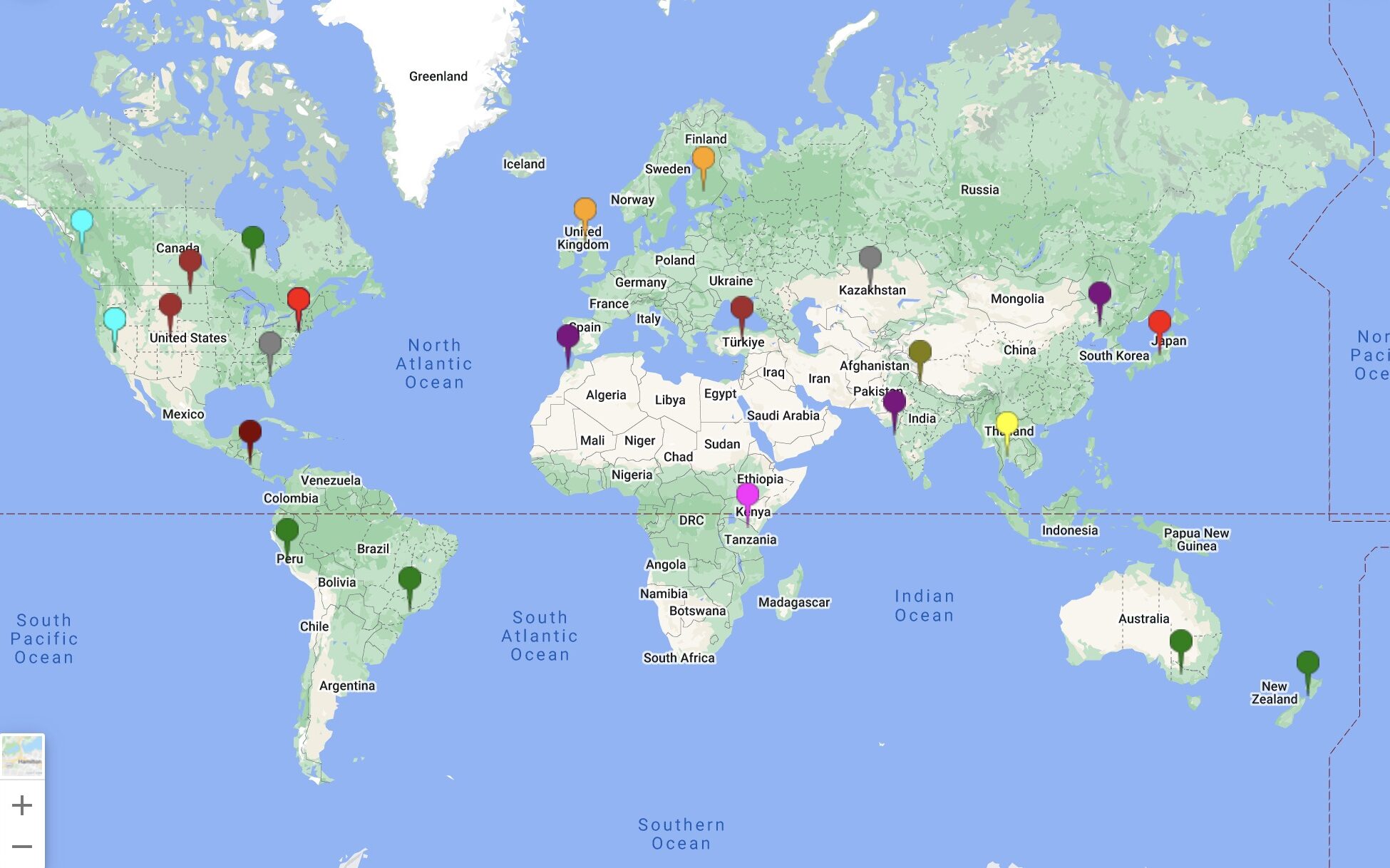Displaying items by tag: ornithology
Join the world’s largest biodiversity-related participatory science project!

Great Backyard Bird Count (GBBC) weekend is underway
Each February, for four days, the world comes together for the love of birds. Over these four days people everywhere are invited to spend time in their favorite places watching and counting as many birds as they can find and reporting them to us. These observations help scientists better understand global bird populations before one of their annual migrations.
Participating is easy, fun to do alone or with others, and can be done anywhere you find birds.
Step 1: Decide where you will watch birds.
Step 2: Watch birds for 15 minutes or more, at least once over the four days, February 14–17, 2025.
Step 3: Identify all the birds you see or hear within your planned time/location and use the best tool for sharing your bird sightings:
- If you are a beginning bird admirer and new to bird identification, try using the Merlin Bird ID app to tell us what birds you are seeing or hearing.
- If you have participated in the count before and want to record numbers of birds, try the free eBird Mobile app or enter your bird list on the eBird website (desktop/laptop/smartphone).
If you already use Merlin or eBird, all entries over the 4 days count towards GBBC. Keep doing what you are doing! No need to register or sign-up separately for GBBC.
Note that the Great Backyard Bird Count and Project Feeder Watch are two different projects. Their observations are recorded separately. However, if you are enrolled in Project Feeder Watch and your observation days overlap with the GBBC period, you can choose to designate your feeder also as a stationary GBBC count location and submit your feeder observations to both projects. The principal purpose of GBBC, though, is to identify all birds one can see and hear. Because relatively few species of birds are attracted by feeders, it is important to obtain counts from locations beyond your feeder and beyond your own backyard to gain a better understanding of bird biodiversity.
How a study of so-called “trash birds” revealed conservation clues for urban species
 The Port Authority of New York and New Jersey documented a family of peregrine falcons on the Bayonne Bridge. Port Authority
The Port Authority of New York and New Jersey documented a family of peregrine falcons on the Bayonne Bridge. Port Authority
What city birds around the world have in common
This story was originally published by The Revelator.
Why do some bird species seem to flourish alongside humans, eating our crumbs and nesting in our backyards, while others prefer to live as far as possible from dense human populations?
Monte Neate-Clegg began to ponder the question while attending the American Ornithological Society’s 2019 conference in Anchorage, Alaska. “I was staying at an AirBnB and two of the birds I wanted to see in Anchorage, white-winged crossbills and boreal chickadees, were just in the yard,” said Neate-Clegg, at the time a Ph.D. student at the University of Utah. Although new and beautiful to him, the species are common in Anchorage and so omnipresent they’re typically ignored by residents.
“I started thinking, what is it that makes these ‘trash birds’ here, and not elsewhere?”
Neate-Clegg sounds sheepish about using the pejorative-sounding term “trash bird,” but it’s a phrase commonly used by birdwatchers to refer to species ubiquitous to a given location they cease to become interesting and can become irritating. Classic examples include pigeons in city centers and snack-stealing gulls on beaches.
One man’s trash bird is another’s research query. Neate-Clegg wondered if specific traits make certain species more able to thrive in cities around the world. After joining ornithologist Morgan Tingley at his lab at UCLA as a postdoctoral researcher in 2021, he proposed a lab-wide project in an attempt to answer the question.
The research drew on data providing clues which may eventually reveal a roadmap making our cities more bird friendly.
- monte neateclegg
- american ornithological society
- boreal chickadee
- whitewinged crossbill
- morgan tingley
- rebecca heisman
- peregrine falcons nyc
- urban bird
- avonet
- morphology
- functional trait
- ecology
- bird specimen
- ornithology
- natural history
- museum
- trash bird
- big data science
- urban biodiversity
- threatened species
- concrete jungle
- city rewilding
- urban microrewilding
- city bird